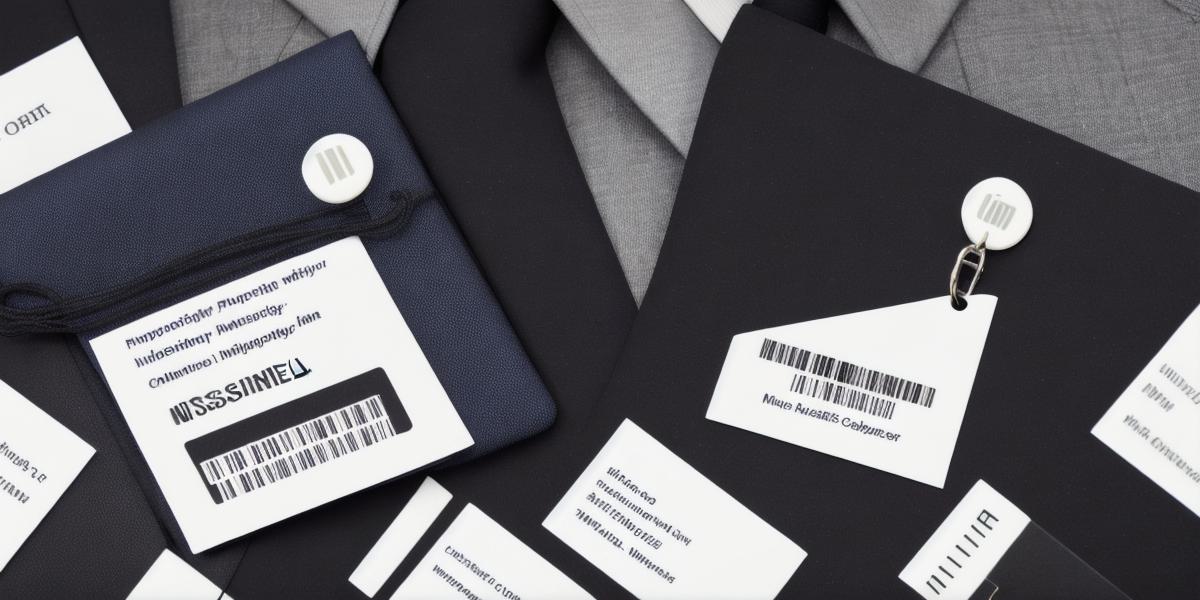Introduction:
Sponsorship requests are a vital aspect of events and organizations looking to secure funding and support for their projects. Whether you’re organizing a charity fundraiser, hosting a business conference, or managing a non-profit organization, submitting sponsorship requests can be a daunting task. However, with the right approach, you can increase your chances of securing the funding and support you need to make your event or organization a success. In this article, we’ll explore how to effectively submit sponsorship requests for your event or organization.
Understanding Your Audience:
Before submitting your sponsorship request, it’s essential to understand your target audience. Who are you reaching out to? What are their interests, values, and priorities? Understanding your audience will help you tailor your sponsorship request to their needs and interests, making it more likely that they’ll be interested in supporting your event or organization.
Case Study: A Successful Sponsorship Request Submission
Let’s take a look at an example of a successful sponsorship request submission. The XYZ Foundation was planning a fundraiser to support children with special needs in their community. They identified potential sponsors by researching local businesses and organizations that aligned with their mission. They then tailored their sponsorship request to each potential sponsor, highlighting how their donation would directly benefit the children and families they served. The XYZ Foundation also provided detailed information about their events, including dates, locations, and expected attendees. As a result of their targeted and personalized approach, they secured funding from several local businesses and organizations, which helped them exceed their fundraising goal.
Creating a Compelling Sponsorship Request:
A compelling sponsorship request is critical to securing funding for your event or organization. Here are some tips on how to create an effective sponsorship request:
- Start with a Strong Headline: Your headline should grab the reader’s attention and clearly convey what you’re asking for. For example, "Join Us in Supporting Children with Special Needs at Our Fundraiser."
- Clearly State Your Purpose: Explain why your event or organization is important and how it aligns with the values of your target audience. Be sure to include specific details about your project, including its goals, objectives, and timeline.
- Highlight Your Impact: Emphasize the impact that your sponsorship request will have on the people you’re serving. Use stories and examples to illustrate how your event or organization is making a difference in people’s lives.
- Provide Detailed Information: Include information about your events, including dates, locations, and expected attendees. Be sure to provide details about any specific requirements or expectations for sponsors, such as logos or product placement.
- Close with a Call to Action: End your sponsorship request with a clear call to action, urging the reader to take action and support your event or organization. For example, "Join us in making a difference by becoming a sponsor today."
The Importance of Follow-Up:
Following up after submitting your sponsorship request is crucial to securing funding and support for your event or organization. Here are some tips on how to follow up effectively:
- Be Timely: Respond to any inquiries or requests for additional information promptly. Show that you’re serious about securing funding and support for your project.
- Be Persistent: If you don’t hear back from a potential sponsor, don’t be afraid to follow up again. However, be sure to do so in a professional and respectful manner.
- Keep the Lines of Communication Open: Stay in touch with your sponsors throughout the planning process. Provide updates on progress, answer any questions they may have, and express your appreciation for their support.
Conclusion:
Submitting sponsorship requests can be a challenging task, but by understanding your audience, creating a compelling sponsorship request, and following up effectively, you can increase your chances of securing funding and support for your event or organization. Remember to stay focused on the impact that your project will have on the people you’re serving, and keep the lines of communication open with your sponsors throughout the planning process. With the right approach, you can make a real difference in the lives of those you’re helping and achieve your fundraising goals.

FAQs:
- How long should I wait to follow up after submitting a sponsorship request?
It’s best to wait at least 7-10 business days before following up with a potential sponsor. This shows that you respect their time and that you’re serious about securing funding for your project.
- Should I include a budget in my sponsorship request?
Yes, it’s a good idea to include a budget in your sponsorship request. This will give the reader an idea of how their donation can be used to support your project and make it more likely that they’ll be interested in supporting you.
- How can I make my sponsorship request stand out from others?
To make your sponsorship request stand out, focus on the unique aspects of your event or organization. Highlight how your project aligns with the values of your target audience and emphasize the impact that their support will have on the people you’re serving. Be sure to provide detailed information about your events, including dates, locations, and expected attendees.



